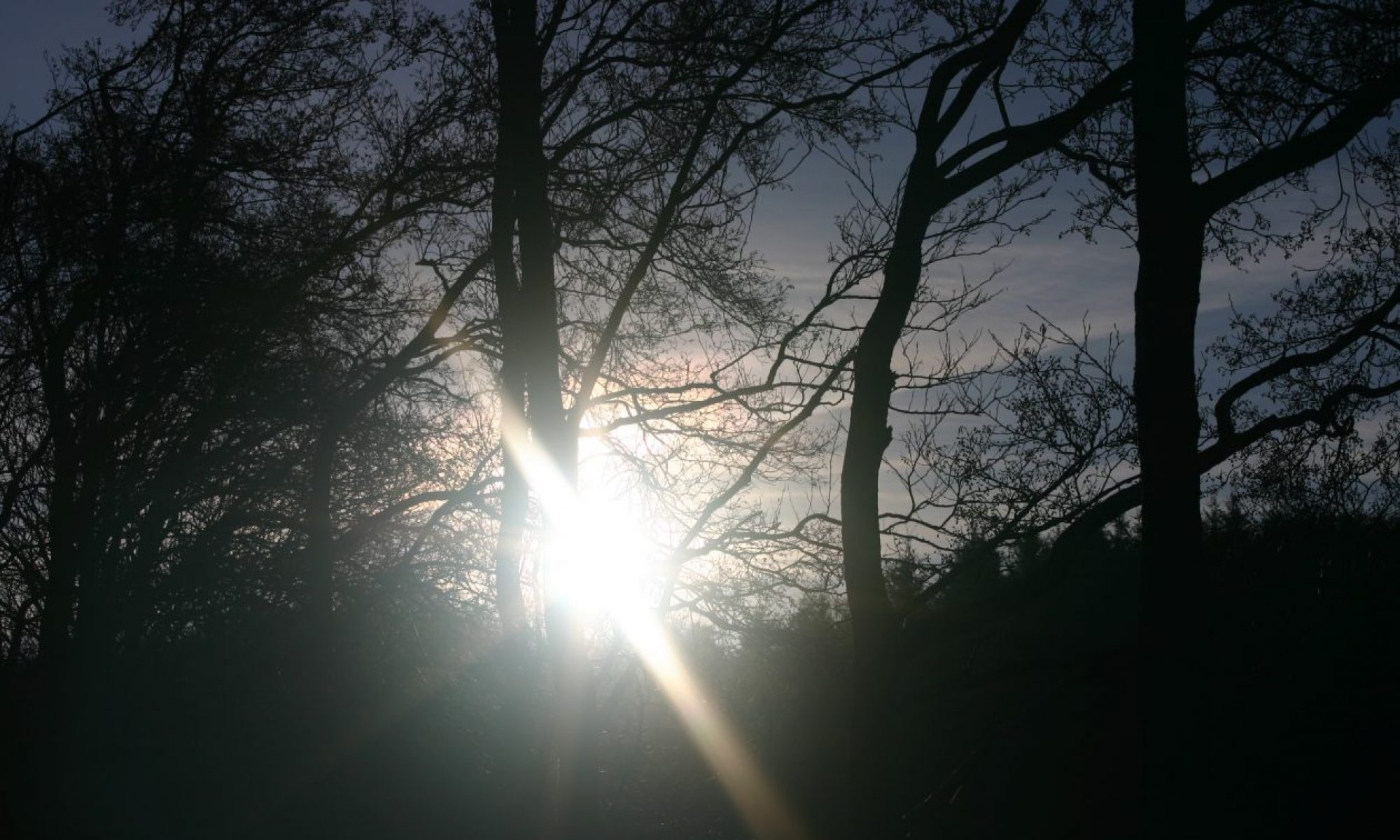Music
Participating in music has a multitude of benefits, both for the child as a learner and as an individual. To illustrate the affects, we looked at the International Journal of Music Education by Susan Hallam. We looked at the benefits that music has on literacy, numeracy, creativity, perceptual and language skills, intellectual development, general attainment, social and personal development, physical development, health and well-being. Each group was given a section had tasked with creating a mind-map of the key points. I enjoyed this as it meant that I learned all the key points of the paper without having to read it all. We also looked at lesson planning based around an activity we would do on our given section of the paper, e.g. music and maths. This was helpful as it gave insight into what to expect next trimester when we have to lesson plan for placement
The skills developed throughout this input are as follows:
- Listening
- Reading
- Planning
Next steps from this input would be to take notes on the paper as I think it will be useful for the assignment. Also have a look at lesson planning as that will come in helpful for next trimester.
Dance
Creative dance can be greatly enjoyed by all and for this first input, that was exactly what happened. We looked at different warm-up games that could used in schools and we also learned about the 10 key movements that every child has to be taught so they can create a dance. The key movement are: twist, balance, turn, kick, jump, hop, gesture, slide, roll and reach. Without having knowledge of these key movements, you cannot expect a child to create a dance routine. After learning about these key movements, we were to create our own routines in small groups. Finally we were given a list of six words that we had to create moves for. For example, ‘spongebob’ was where we made a box with our arms.
The skills developed throughout this input are as follows:
- Practical
- Collaboration
- Imagination
Next steps from this input would be to practice the dance routine as we are going to be performing and recording it at the end of the module.
The Link
These inputs were linked as they showed us that the arts have physical benefits as well as mental benefits. Music can have benefits is physical development and health and well being. Dance has obvious physical benefits as the children are actively participating in the activities.
Teaching Music
Personally, I don’t think that children need to know in depth the benefits that music has on them. Brushing on the areas in which music helps them to improve would be a good idea, but they don’t need to know the exact benefits as I think that would ruin the fun.
Teaching Dance
“When children create dances using their ideas, they are empowered to explore their thoughts, feelings, and perspectives. Through dance, they bring their inner self to the surface where they can express their dreams, fears, needs, and joys”(Cone, 2011, p.81). When teaching dance you have to make sure that the children properly warm up and stretch so they don’t damage any muscles. Using the activities that we took part in would be relevant to the classroom too as they are fun and simple and the children would really enjoy them. Using games such as tig, the bean game, follow the leader and the knot game, allow the children to warm up and also to work as a team. I would use the techniques from the workshop to teach children the 10 key movement they need to learn. Around the room you place a sheet of paper with one of the movement of it on the wall. Then you get the class to stand in a big circle and work through each movement, giving them a few examples of what it could be. Then the children split up into their groups and move around each ‘station’ every few minutes.
The main barrier to teaching dance, is space. You need a large space where the children can run around without the risk or running into each other. A gym hall would be perfect for teaching dance, but then there is the added barrier of finding a time slot to get into the gym hall. You might have to swap places with another class or this might not even be possible. If there was an area outside you could use that too, but you would have to be mindful of the weather so the children don’t get wet or cold, especially if you are dancing in the morning; as they would be cold and wet for the rest of the day.
Issues
It is imperative that teachers understand that the arts are not just pointless fun. They are not participated in just for the pure joy of it. The arts allow children to develop all kinds of skills that they will use while in education as well as throughout their lives. Thus, teachers must realise that the arts are worth teaching, and denying children the opportunity to take part in them means that they are being denied the chance to develop in ways that they can’t in other areas of the curriculum.
References
Cone, P. (2011) Following Their Lead Supporting Children’s Ideas for Creating Dances. [Module Resource] Available: http://moodle.uws.ac.uk/pluginfile.php/109357/mod_resource/content/1/Purcell%20Cone%20%282011%29.pdf [Accessed: 16 December 2017].
Hallam, S. (2010) International Journal of Music Education. [Module Resource] Available: http://moodle.uws.ac.uk/pluginfile.php/109377/mod_resource/content/2/International%20Journal%20of%20Music%20Education-2010-Hallam-269-89.pdf [Accessed: 12 December 2017].


